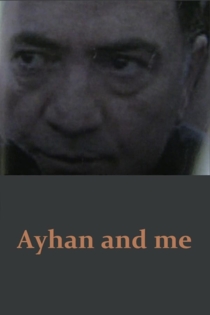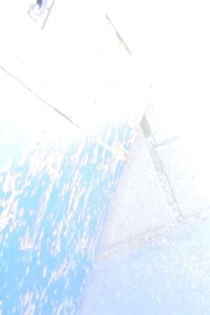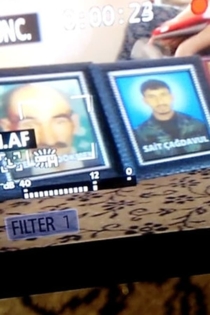
Belit Sağ
2021(Against) Randomness
Belit Sağ
This short essay was made for a People’s Tribunal about the attacks of the National Socialist Underground—a neo-nazi group. Its narrative creates solidarity among the victims, their families, and grassroots groups around the tribunal. The video talks to the people who have been victimized and attacked, about that experience.
(Against) Randomness

what remains
Belit Sağ
what remains is constructed from images shot and gathered during 2015 and 2016 in Cizre, a primarily Kurdish town in Turkey on the Syrian border, as well as found footage from all over Turkey from the same period. A focus of the work is the artist’s footage of collective Kurdish mourning practices, and looking at how images of the dead are used in these practices. Sağ approaches her subject both philosophically and emotionally, and is driven to find a way of making work that is theoretically rigorous and morally and ethically compassionate.
what remains

cut-out
Belit Sağ
The video takes a closer look into the police file photo of the victims of National Socialist Underground (NSU) in Germany. NSU was a Neo-nazi group, that killed 10 people over the course of 8 years. Nine of them have a migrant background, mostly Turkish, Kurdish. These racially motivated murders not only show the strong Neo-nazi networks existing in Germany but also the structural racism in police force, secret service and the media. What does a police file photo of the victims have to share with the viewer?
cut-out
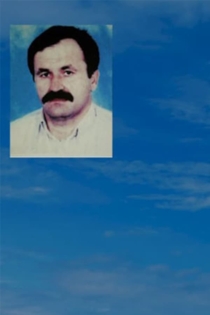
and the image gazes back
Belit Sağ
The video piece questions the role of images in current and historical events. Even as these events, and their representations, resonate in our own memories from various media, the video is navigating the blurred lines between fiction and reality, the visible and the unseen, audible and mute, imaginable and unimaginable.
and the image gazes back
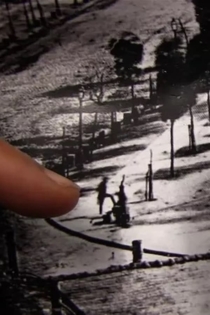
If You Say It Forty Times...
Belit Sağ
Commissioned for the group exhibition Post-Peace curated by Katia Krupennikova, features the artist reading testimony from Turkish officials and public figures in which they claim they have “forgotten” key details regarding incidents of government-enacted violence. The exhibition was censored in Istanbul by Akbank Sanat in 2016, and opened in Württembergischer Kunstverein in Stuttgart on 25th February 2017.
If You Say It Forty Times...

Ayhan ve ben
Belit Sağ
Explicitly discussing its own production and censorship at the hands of Turkish officials, belit sag’s Ayhan and me is an incisive, Farocki-like examination of the power of images, the roles and responsibilities of representation and sanctioned history-making, and the charged relationship between art and state control.
Ayhan ve ben
